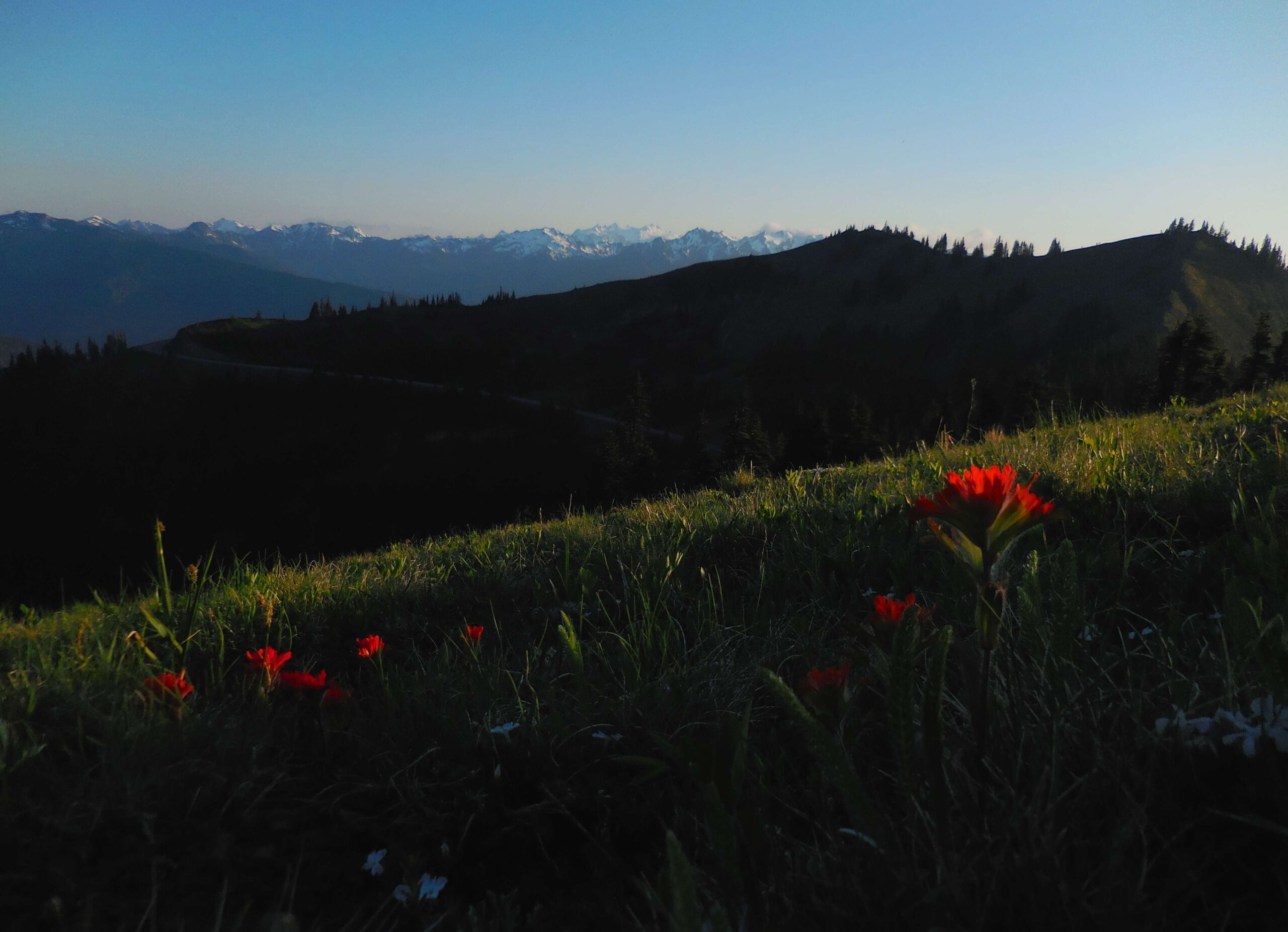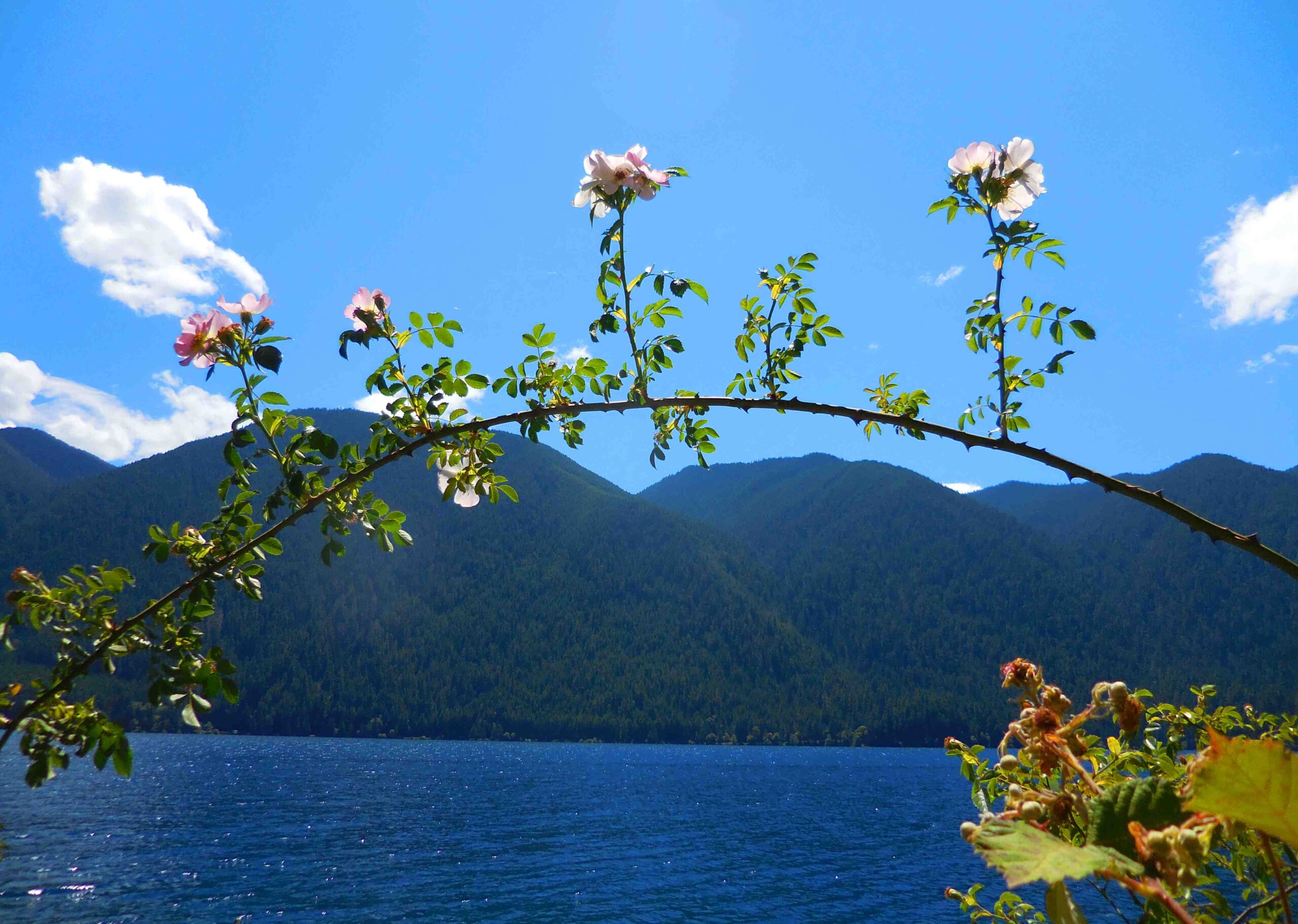The Olympic National Park South Coast Trail is a challenging 17-mile wilderness trek along the rugged Pacific coastline of Washington State. This trail offers hikers a unique blend of coastal and forest landscapes, featuring pristine beaches, towering sea stacks, and lush temperate rainforests. The route requires careful planning due to tide-dependent sections and varying terrain, making it a favorite among experienced backpackers seeking a true wilderness experience.
What is the Olympic National Park South Coast Trail?

The Olympic National Park South Coast Trail is a 17-mile one-way hiking route that stretches from Third Beach to Oil City (or vice versa) along the southwestern coast of Olympic National Park. This trail is renowned for its stunning coastal scenery, diverse ecosystems, and challenging terrain that includes beach walks, forest trails, and rope climbs over headlands.
Key features of the trail include:
- Length: 17 miles one-way
- Elevation Gain: Approximately 1,900 to 2,000 feet cumulative
- Difficulty: Moderate to advanced
- Duration: Typically 2-3 days for most hikers
How to Plan Your Olympic National Park South Coast Trail Hike?

Planning a hike on the Olympic National Park South Coast Trail requires careful consideration of several factors:
- Permits and Reservations:
- Obtain wilderness camping permits through Recreation.gov
- Select the ‘South Coast’ area when booking
-
Specify the number of group members and desired campsites
-
Tide Charts:
- Essential for safe passage around headlands and creek crossings
-
Plan your hike around low tides, especially for critical areas like Diamond Rock
-
Gear:
- Bear canisters are mandatory (can be borrowed if needed)
- Bring appropriate footwear for both beach and forest hiking
-
Pack rain gear, as the area is known for frequent precipitation
-
Transportation:
- Arrange for shuttle service or two vehicles for point-to-point hiking
- Consider parking security when choosing your starting point
What are the Key Sections of the Olympic National Park South Coast Trail?
The trail can be divided into several key sections:
- Third Beach to Taylor Point:
- 1.5-mile forested trail to beach access
-
Rope ladders and overland trail to bypass Taylor Point
-
Taylor Point to Scott Creek:
- Beach walking and overland trails
-
Scott Creek campsite at 2.6 miles from Third Beach
-
Scott Creek to Toleak Point:
- Mix of beach and forest hiking
-
Toleak Point offers stunning views and camping at 6.4 miles from Third Beach
-
Toleak Point to Mosquito Creek:
- Challenging section with creek crossings
-
Mosquito Creek campsite at 6.1 miles from Oil City
-
Mosquito Creek to Oil City:
- Final stretch with beach walks and headland bypasses
- Diamond Rock requires low tide for safe passage
Where are the Best Camping Spots on the Olympic National Park South Coast Trail?
The trail offers several designated camping areas:
| Campsite | Distance from Third Beach | Features |
|---|---|---|
| Third Beach | 0 miles | Close to trailhead, less secure parking |
| Scott Creek | 2.6 miles | Fresh water access |
| Toleak Point | 6.4 miles | Sea stacks, scenic views, fresh water |
| Mosquito Creek | 10.9 miles | Fresh water access |
All campsites require a permit and bear canister. It’s advisable to book your preferred sites in advance, especially during peak season.
What Wildlife Can Be Seen on the Olympic National Park South Coast Trail?
The trail offers excellent wildlife viewing opportunities:
- Bald Eagles: Frequently spotted along the coast and on sea stacks
- Seals: Often seen lounging on beaches or swimming offshore
- Grey Whales: Visible during migration periods (March/April and October)
- Diverse Bird Life: Various species inhabit the coastal areas and sea stacks
Best viewing times are typically early morning and late afternoon. Always maintain a safe distance and follow park guidelines for wildlife observation.
How to Explore Tide Pools on the Olympic National Park South Coast Trail?
Tide pool exploration is a highlight of the South Coast Trail experience:
- Best Times: During low tide, typically in the morning or early afternoon
- Marine Life: Expect to see anemones, starfish, mussels, and other intertidal species
- Safety:
- Check tide charts before exploring
- Be cautious on slippery rocks
- Avoid disturbing marine life
- Resources: Consult park rangers for educational materials and guidance on responsible tide pool exploration
Remember to time your tide pool visits carefully to avoid being trapped by rising tides.
What are the Challenges of Hiking the Olympic National Park South Coast Trail?
While rewarding, the trail presents several challenges:
- Tide-Dependent Sections: Some areas are only passable at low tide
- Varied Terrain: Includes beach walking, forest trails, and rope climbs
- Weather: The coastal area is prone to sudden weather changes and frequent rain
- Physical Demands: Requires good fitness level due to distance and elevation changes
- Navigation: Some sections may require careful route-finding skills
Proper preparation and respect for the wilderness environment are crucial for a safe and enjoyable experience on the Olympic National Park South Coast Trail.

